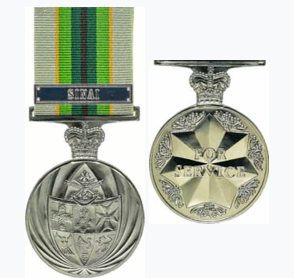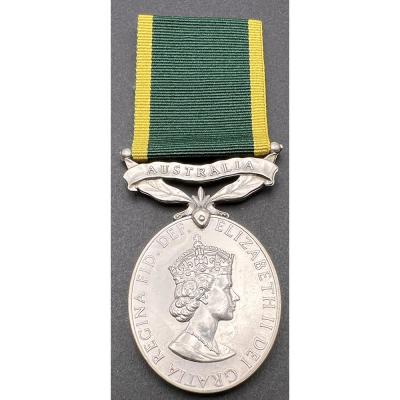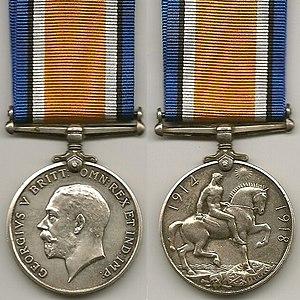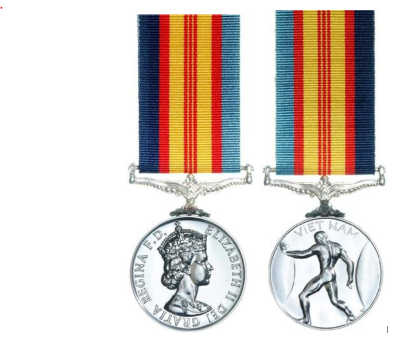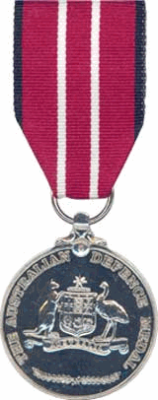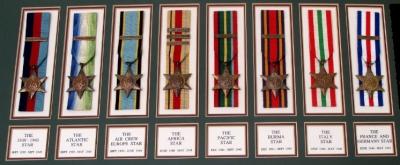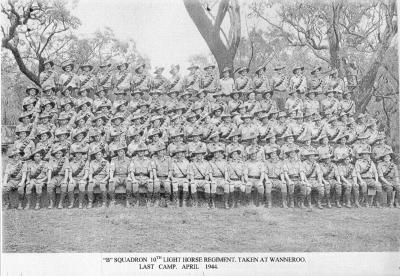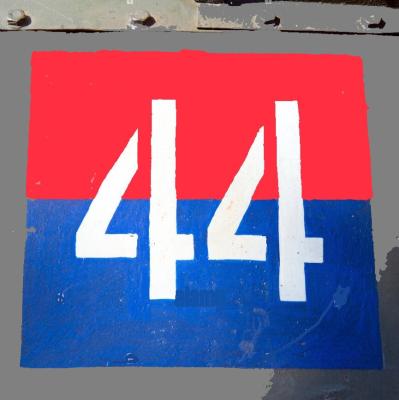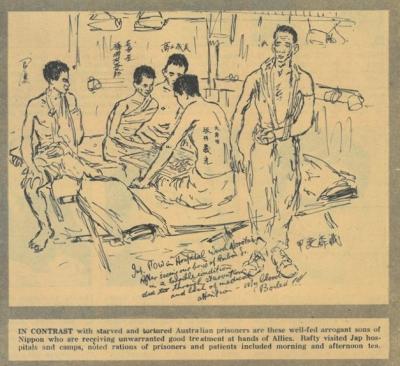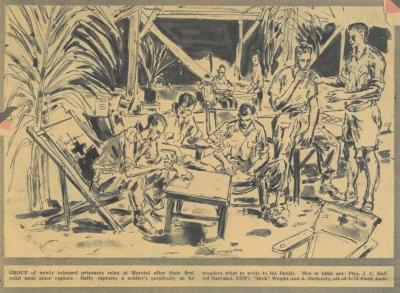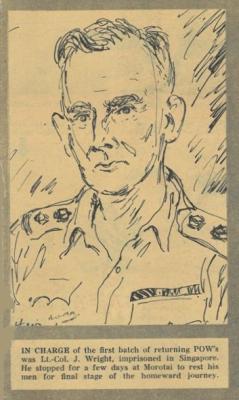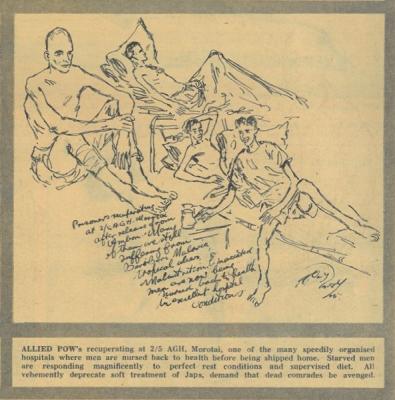Medal - Inter-Allied Victory Medal
The Victory medal is bronze, circular and 36 millimetres in diameter. While originally to be of dull bronze, the final award had a clear lacquer coating, giving it a bright finish. It was designed by William McMillan. The obverse shows the winged, full-length, full-front, figure of 'Victory' (or 'Victoria') with her left arm extended and holding a palm branch in her right hand,] similar to the statue surmounting the Queen Victoria Memorial, in front of Buckingham Palace in London. The reverse has the words "THE GREAT / WAR FOR / CIVILISATION / 1914–1919" in four lines, all surrounded by a laurel wreath.
The 39 millimetres wide watered ribbon has an iridescent colour scheme, with the violet moving through to a central red stripe where both schemes meet. It attaches to the medal through a ring suspender.
The Victory Medal (also called the Inter-Allied Victory Medal) is a United Kingdom and British Empire World War 1 campaign medal. The award of a common allied campaign medal was recommended by an inter-allied committee in March 1919.[2] Each allied nation would design a 'Victory Medal' for award to their own nationals, all issues having certain common features, including a winged figure of victory on the obverse and the same ribbon. Fourteen countries finally awarded the medal
The Victory Medal (United Kingdom) was issued to all those who received the 1914 Star or the 1914–15 Star, and to most of those who were awarded the British War Medal. It was not awarded singly. To qualify, recipients need to have served in the armed forces of the United Kingdom or the British Empire, or with certain recognised voluntary organisations, and have entered any theatre of war between 5 August 1914 and 11 November 1918. Women qualified for this and other World War 1 campaign medals while serving in nursing and auxiliary forces in a theatre of war. It was also awarded for participation in the Allied intervention in the Russian Civil War up to 1 July 1920.
Details
Details
The recipient's name, rank, service number and unit were impressed on the edge of the medal. The name of the regiment or corps was omitted on medals awarded to Army officers. Those mentioned in despatches between 4 August 1914 and 10 August 1920 wear a bronze oak leaf spray on the medal's ribbon.
In the collection of the Army Museum, the Victory Medal is found in over [200] medal groups. The trio of 1914/15 Star, War Medal and Victory Medal were popularly dubbed "Pip, Sqeak and Wilfred" after cartoon characters of the time. The War Medal and Victory Medal pair were often referred to as "Mutt and Jeff"
Multiple examples of this medal are retained as an ongoing memorial to the service and sacrifice of Western Australians. Medals are displayed in context throughout the Museum. All medals are identified, archivally stored and those not on display are accessible and viewable with prior notice.
Australian Army Museum of Western Australia
Australian Army Museum of Western Australia
More items like this
Other items from Australian Army Museum of Western Australia
- Diorama - World War 1, 10 Light Horse and "The Great Ride", 1918
- Medals - World War 2 - Campaign Stars
- HAT, Khaki Fur Felt - Slouch Hat
- World War 2, Australia, Western Australia Wanneroo, B Squadron, 10 Light Horse, 1944
- Medal - Companion of the Most Distinguished Order of St Michael and St George (CMG)
- Military Vehicle Signage - Unit Designator - Artillery World War 2
- World War 2, South West Pacific Theatre, Singapore, Prisoner of War Release, 1945
- World War 2, South West Pacific Theatre, Morotai, Prisoner of War Release, 1945
- World War 2, South West Pacific Theatre, Morotai, NX12233 WRIGHT DFC, 2/15 Field Regiment, Prisoner of War Release, 1945
- Artillery Pattern Wheel
- World War 2, South West Pacific Theatre, Morotai, 2/5 Australian General Hospital, Prisoner of War Release, 1945
- World War 2, South West Pacific Theatre, Townsville, Prisoner of War Release, 1945

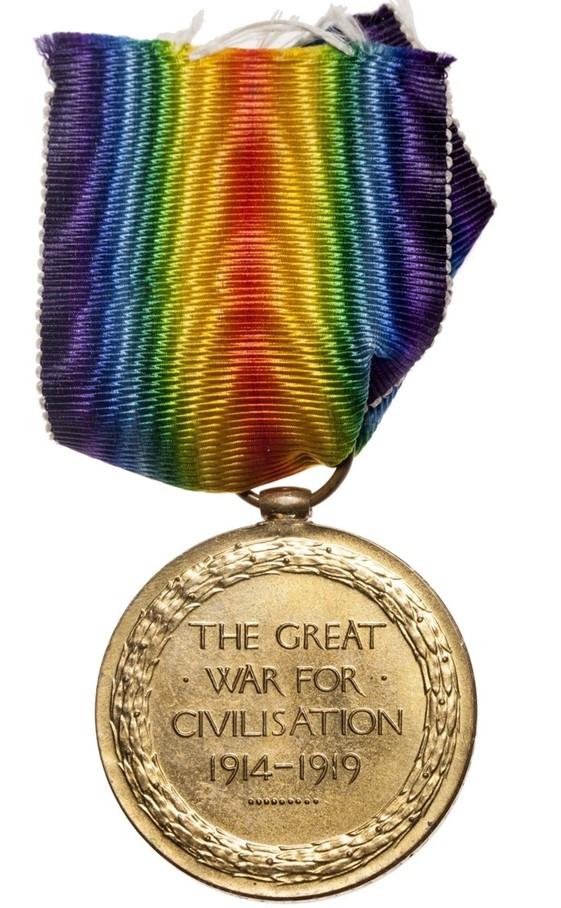
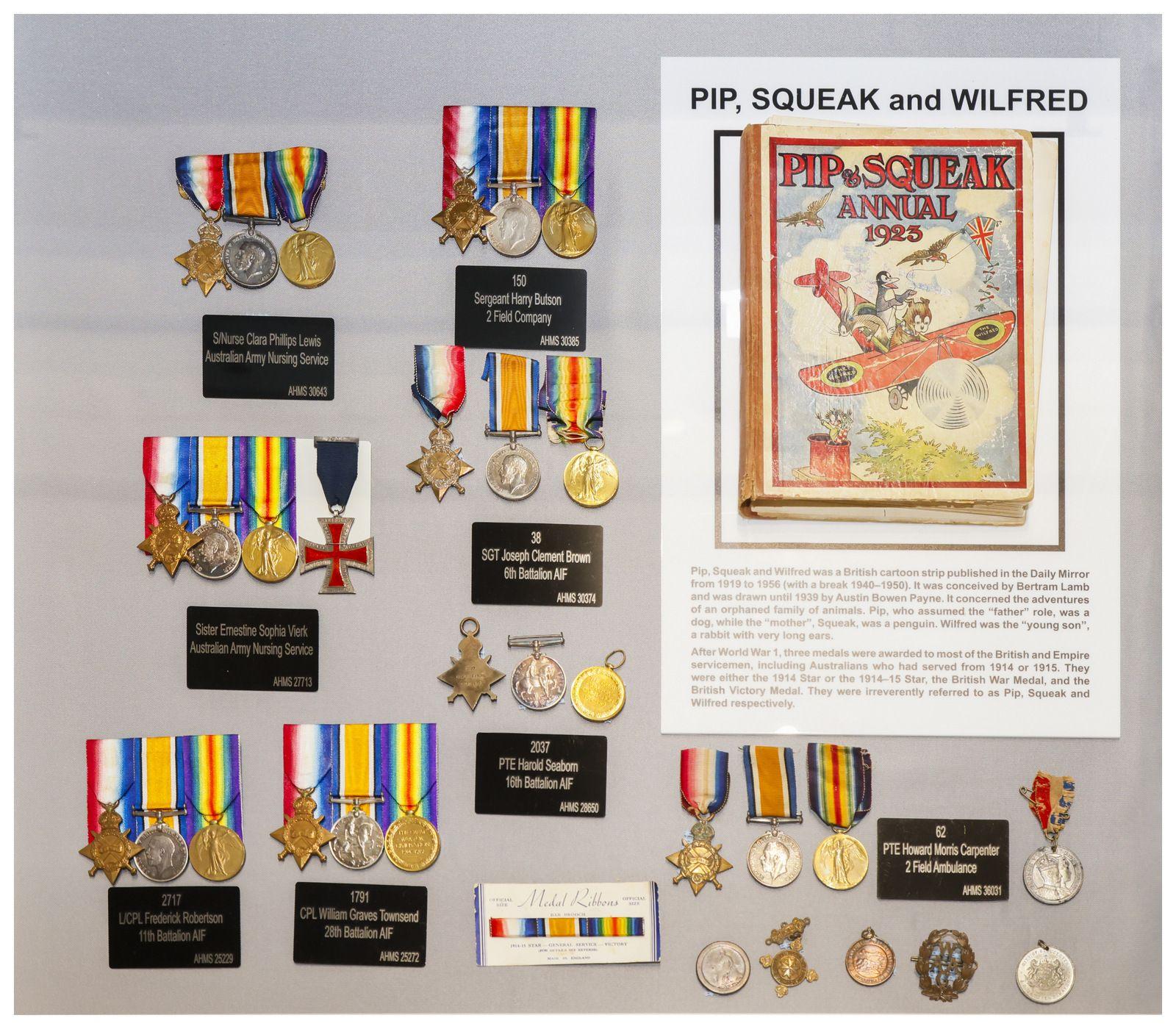
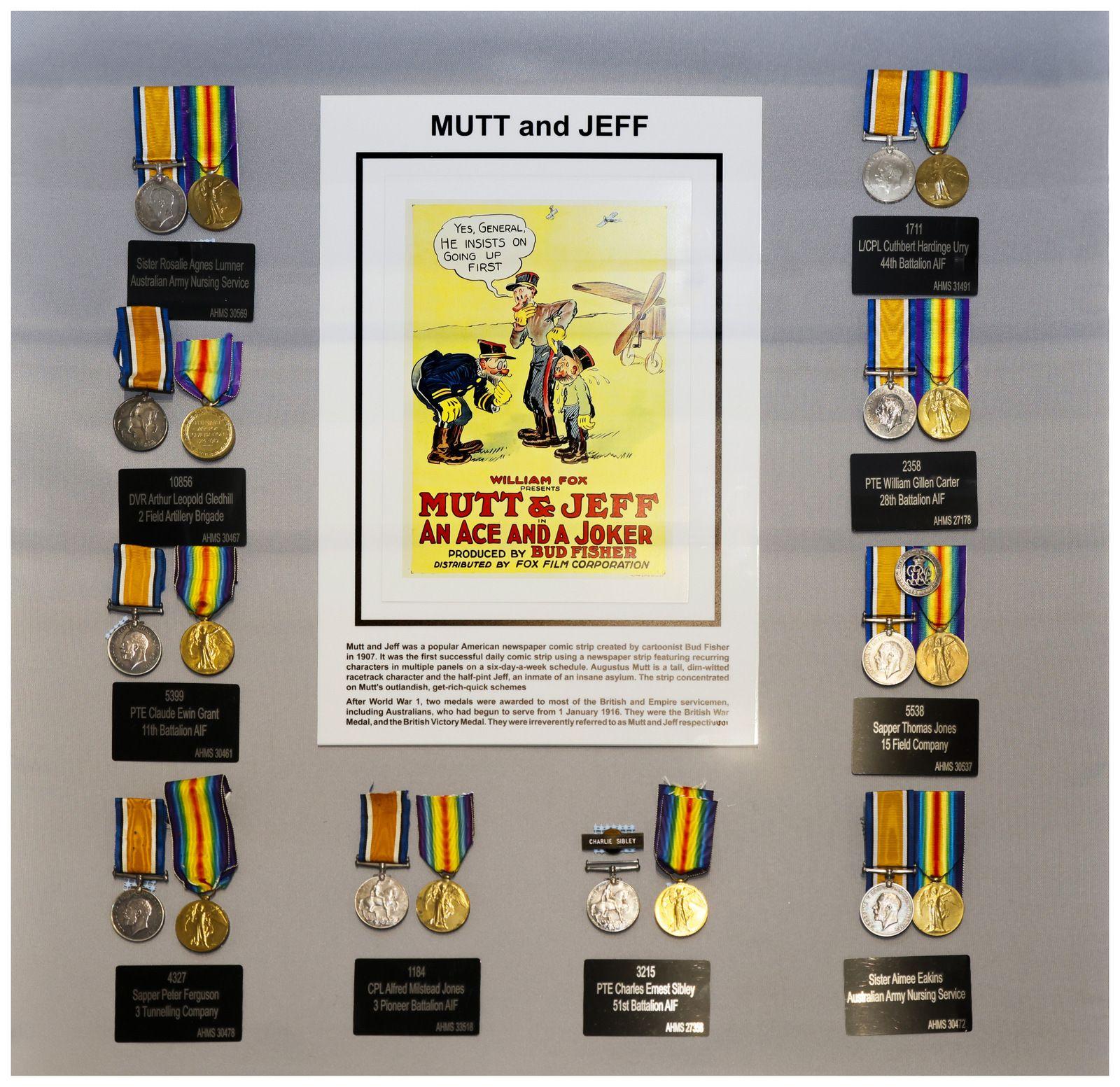
Scan this QR code to open this page on your phone ->

